Description
LIPANTHYL NT 145MG TABLET
Description :
Each Lipanthyl NT 145 mg also contains the following excipients: Core: Sucrose, lactose monohydrate, silicified microcrystalline cellulose, crospovidone, hypromellose, sodium lauryl sulfate, docusate sodium, magnesium stearate. Coating: Polyvinyl alcohol, titanium dioxide (E171), talc, soybean lecithin, xanthan gum.
Each Lipanthyl Supra 160 mg tablet also contains the following excipients: Sodium lauryl sulfate, lactose monohydrate, povidone, microcrystalline cellulose, anhydrous colloidal silica, crospovidone, sodium stearyl fumarate. Composition of the Coating: Polyvinyl alcohol, titanium dioxide (E171), talc, soybean lecithin, xanthan gum.
Each Lipanthyl 67M capsule lactose monohydrate 33.8 mg. It also contains the following excipients: Core: Sodium lauryl sulfate, lactose monohydrate, povidone, crospovidone, microcrystalline cellulose, anhydrous colloidal silica, sodium stearyl fumarate. Coating: Polyvinyl alcohol, titanium dioxide (E171), talc, soybean lecithin, xanthan gum.
Indications / Uses :
Hypercholesterolemia and hypertriglyceridemia alone, or combined (types IIa, IIb, III, IV and V dyslipidemias) in patients unresponsive to dietary and other non-drug therapeutic measures (eg, weight reduction or increased physical activity), particularly when there is evidence of associated risk eg, hypertension and smoking.
The treatment of secondary hyperlipoproteinemia is indicated if the hyperlipoproteinemia persists despite effective treatment of the underlying disease (eg, dyslipidemia in diabetes mellitus). Appropriate dietary measures initiated before therapy should be continued.
Administration :
Should be taken with food: Swallow whole, do not chew/crush.
Contraindications :
Hypersensitivity to fenofibrate or to any of the excipients of Lipanthyl NT 145 mg, Lipanthyl Supra 160 mg and Lipanthyl 67M.
Patients with hepatic insufficiency (including biliary cirrhosis, and unexplained persistent liver function abnormality) and renal insufficiency.
Known photoallergy or phototoxic reaction during treatment with fibrates or ketoprofen, chronic or acute pancreatitis with the exception of acute pancreatitis due to severe hypertriglyceridemia, gallbladder disease and severe chronic kidney disease.
Lipanthyl NT 145 mg/Lipanthyl Supra 160 mg: It should not be taken by patients allergic to peanut or arachis oil or soya/soybean lecithin or related products due to the risk of hypersensitivity reactions.
Special Precautions :
Liver Function: As with other lipid-lowering agents, increases have been reported in transaminase levels in some patients. In the majority of cases, these elevations were transient, minor and asymptomatic. It is recommended that transaminase levels be monitored every 3 months during the first 12 months of treatment, and thereafter periodically (for micronized capsule). Attention should be paid to patients who develop increase in transaminase levels and therapy should be discontinued if aspartate aminotransferase [AST (SGOT)] and alanine transaminase [ALT (SGPT)] levels increase to >3 times the upper limit of normal (ULN) range or 100 IU.
When symptoms indicative of hepatitis occur (eg, jaundice, pruritus), laboratory tests are conducted for verification and diagnosis is confirmed by laboratory testing, discontinuation of fenofibrate therapy should be considered (for Lipanthyl 67M).
Pancreatitis: Pancreatitis have been reported in patients taking fenofibrate. This occurrence may represent a failure of efficacy in patients with severe hypertriglyceridemia, a direct drug effect, or a secondary phenomenon mediated through biliary tract stone or sludge formation with obstruction of the common bile duct.
Muscle: Muscle toxicity including very rare cases of rhabdomyolysis, (with or without renal failure) has been reported with administration of fibrates and other lipid-lowering agents. Patients with hypoalbuminemia and renal insufficiency in their personal history have a higher incidence of myotoxicity. Muscle toxicity should be suspected in patients presenting diffuse myalgia, myositis, muscular cramps and weakness and/or marked increases in creatine phosphokinase (levels exceeding 5 times the ULN). In such cases, treatment with fenofibrate should be stopped.
Patients with predisposing factors for myopathy and/or rhabdomyolysis, including age >70 years, personal or familial history of hereditary muscular disorders, renal impairment, hypoalbuminemia (film-coated tablet), hypothyroidism and high alcohol intake, may be at an increased risk of developing rhabdomyolysis. For these patients, the putative benefits and risks of fenofibrate therapy should be carefully weighed up.
The risk of muscle toxicity may be increased if the drug is administered with another fibrate or an HMG-CoA reductase inhibitor (statins), especially in cases of preexisting muscular disease. Consequently, the co-prescription of fenofibrate with a statin (HMG-CoA reductase inhibitor or another fibrate) should be reserved to patients with severe combined dyslipidemia and high cardiovascular risk without any history of muscular disease. This combination therapy should be used with caution and patients should be monitored closely for signs of muscle toxicity.
Renal Function: Treatment should be interrupted in case of an increase in creatinine levels >50% and ULN. It is recommended that creatinine measurement may be considered during the first 3 months after initiation of treatment and thereafter periodically (for micronized capsule).
Lipanthyl contains lactose, therefore, patients with rare hereditary problems of galactose intolerance, the Lapp-lactase deficiency or glucose-galactose malabsorption should not take Lipanthyl.
For hyperlipidemic patients taking estrogens or contraceptives containing estrogens, it should be ascertained whether the hyperlipidemia is of primary or secondary nature (possible elevation of lipid values caused by oral estrogen).
Lipanthyl NT 145 mg/Lipanthyl 67M: Secondary Causes of Hyperlipidemia: Secondary cause of hypercholesterolemia eg, uncontrolled type 2 diabetes mellitus, hypothyroidism, nephrotic syndrome, dysproteinemia, obstructive liver disease, pharmacological treatment and alcoholism, should be adequately treated before fenofibrate therapy is initiated.
Lipanthyl NT 145 mg: Lipanthyl contains sucrose, therefore patients with rare hereditary problems of fructose intolerance, glucose-galactose malabsorption or sucrase-isomaltase insufficiency should not take Lipanthyl.
Effects on the Ability to Drive or Operate Machinery: Lipanthyl NT 145 mg has no or negligible influence on the ability to drive or use machines.

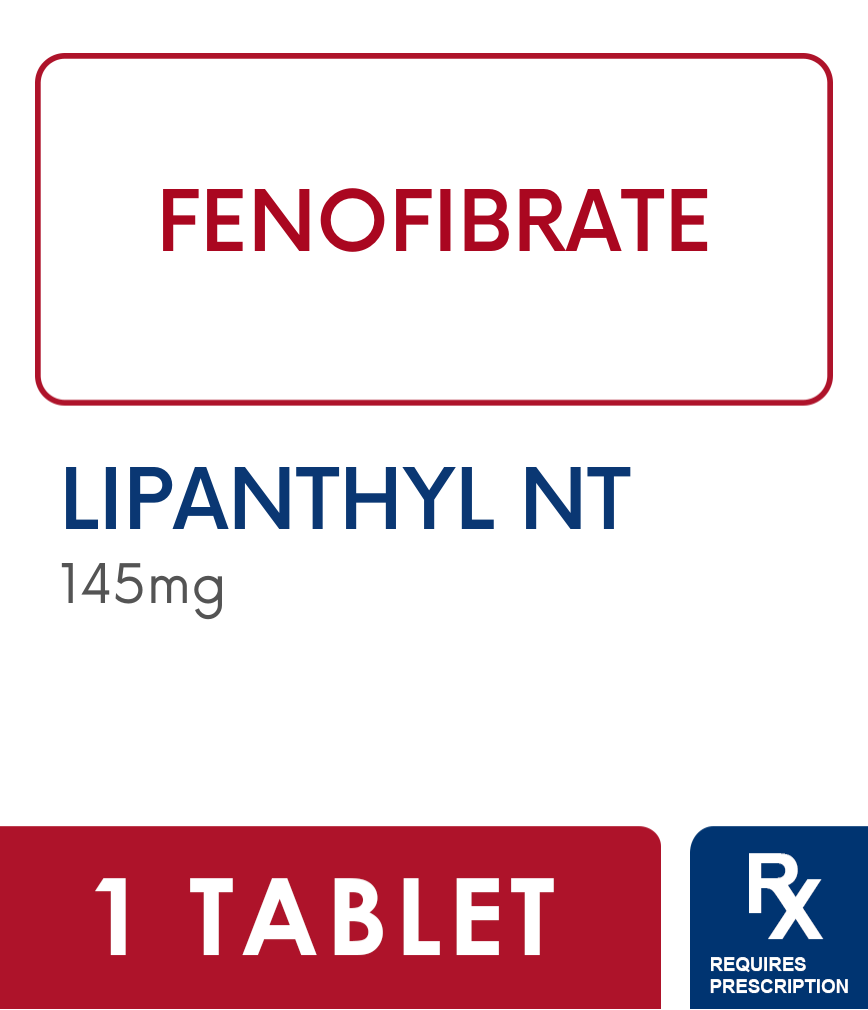

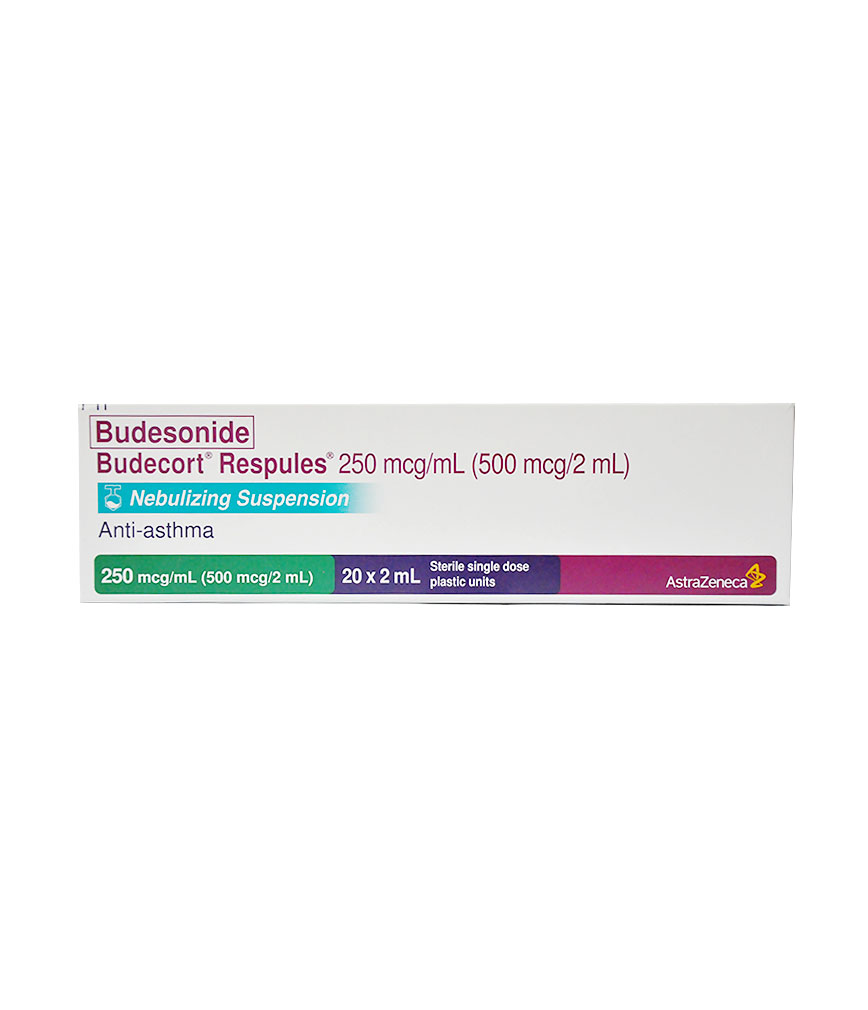

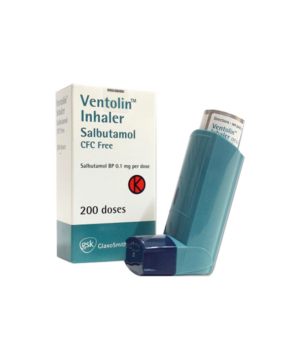
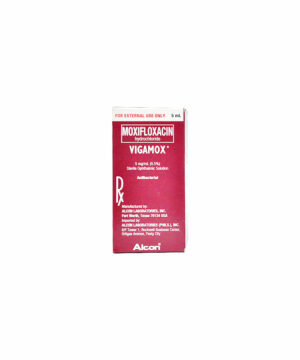

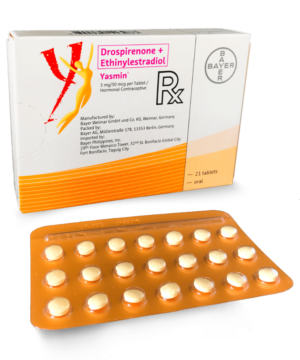
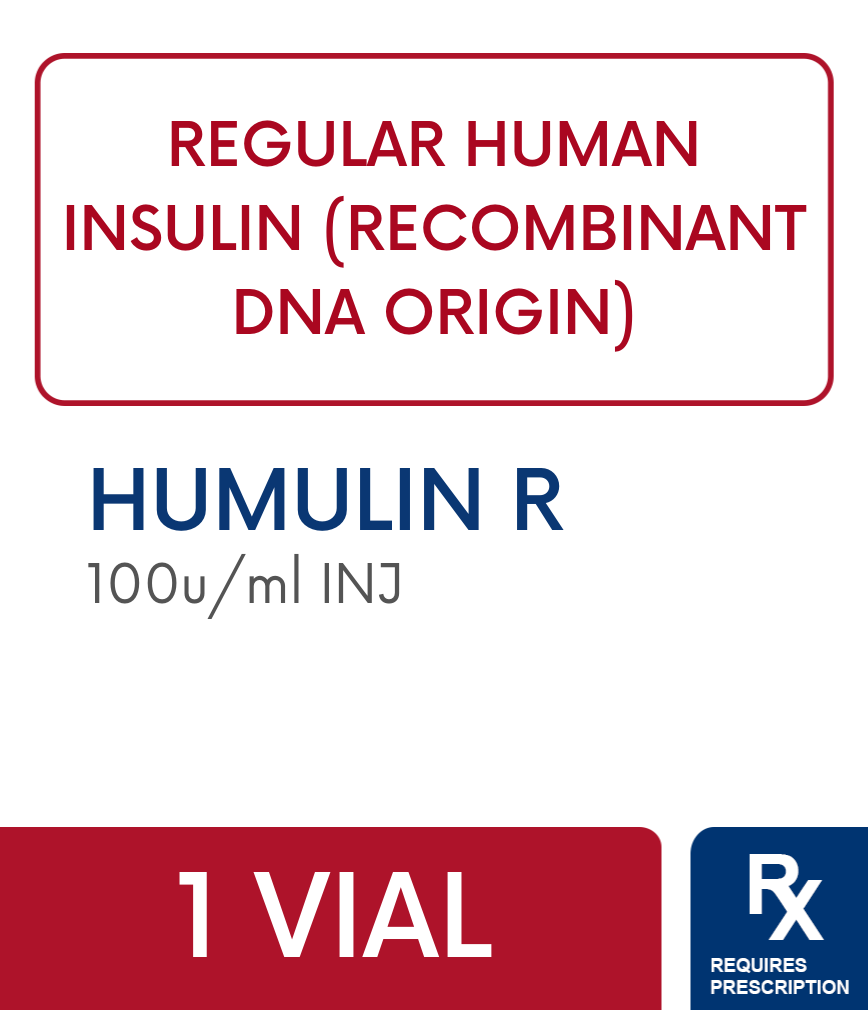



Reviews
There are no reviews yet.